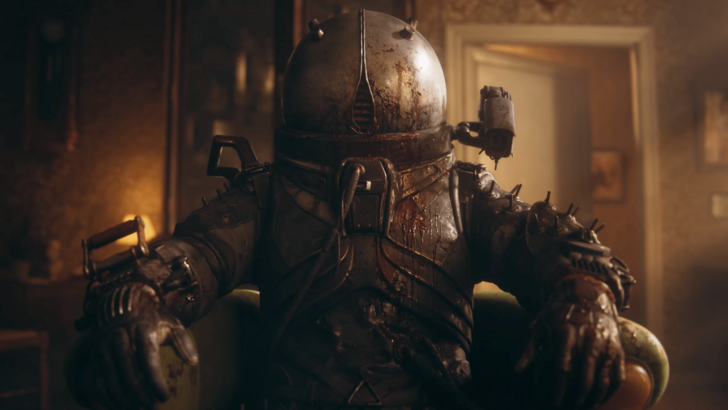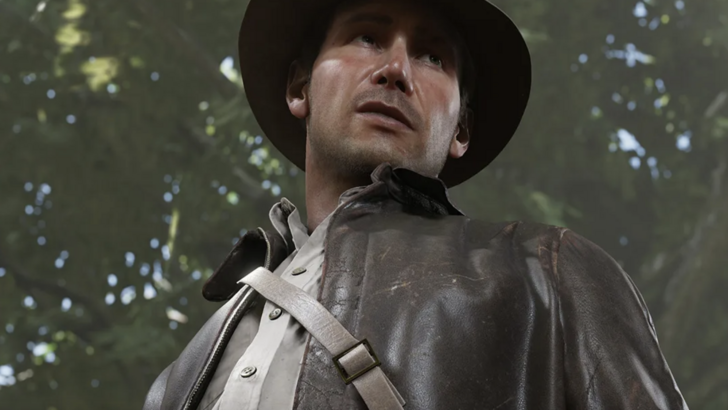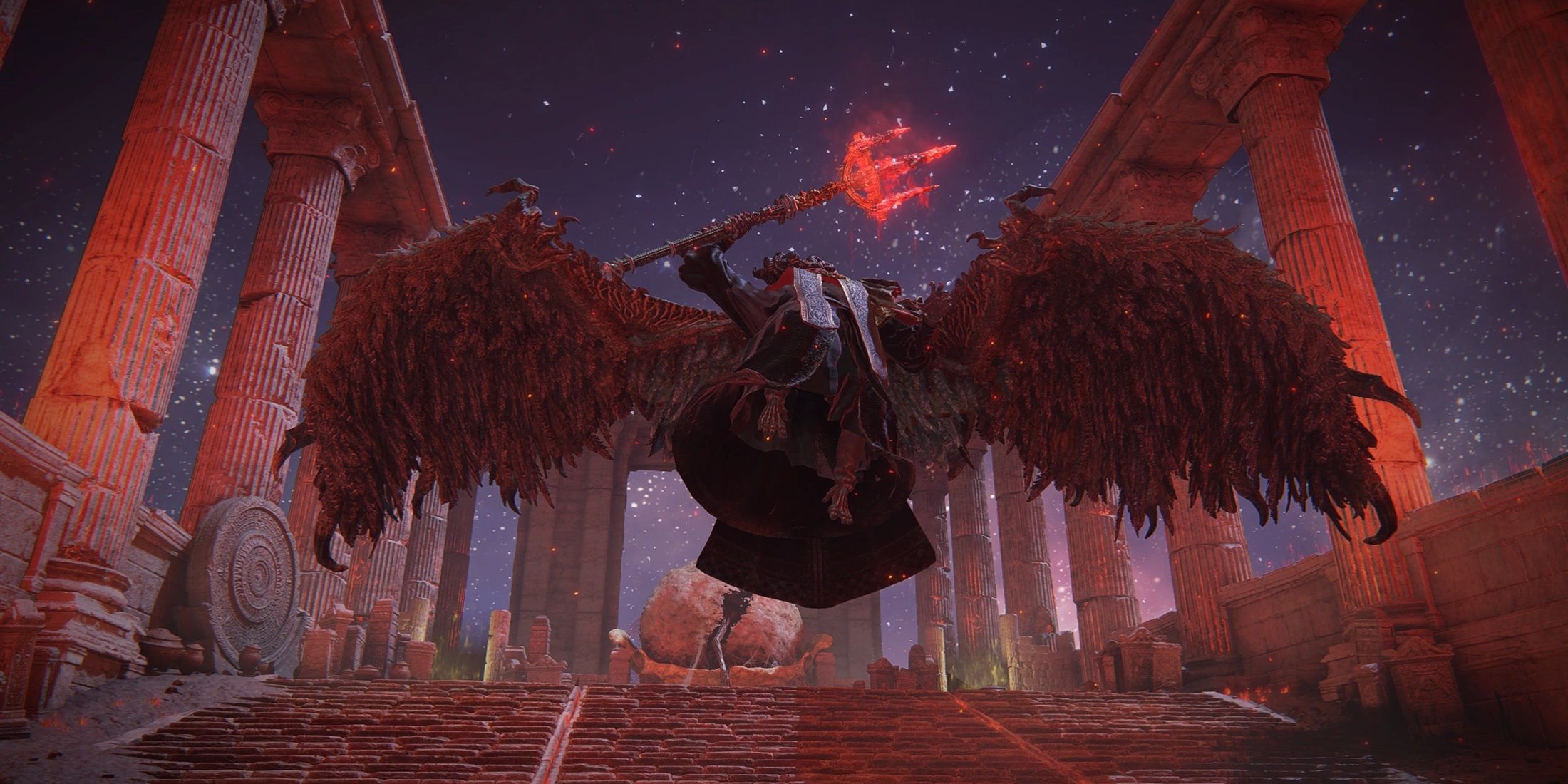Ubisoft has once again activated the Animus, this time transporting us to Japan's Sengoku Period with Assassin's Creed Shadows. The game introduces us to historical figures from 1579, including Fujibayashi Nagato, Akechi Mitsuhide, and Yasuke, the African samurai who served Oda Nobunaga. As with previous entries in the series, these characters are intricately woven into a narrative that blends fact with fiction, exploring themes of revenge, betrayal, and murder. While the game humorously suggests that Yasuke had to kill everyone to gather enough XP for a gold-tier weapon, it's a playful nod to the series' blend of history and gaming mechanics.
Assassin's Creed is renowned for its historical fiction, crafting stories that fill historical gaps with tales of science fiction and conspiracy. The series delves into the lore of a secret society aiming to control the world using the mystical powers of a pre-human civilization. Ubisoft's open-world environments are meticulously researched and rooted in history, yet it's crucial to recognize that these games are not history lessons. The developers often alter historical facts to enhance the storytelling, creating a rich tapestry of alternate history.
Here are ten notable instances where Assassin's Creed has creatively rewritten history:
The Assassins vs Templars War

The central conflict between the Assassins and Templars is a cornerstone of the series, yet there's no historical evidence to support such a war. The Order of Assassins and the Knights Templar existed during overlapping periods, but there's no record of ideological opposition or centuries-long conflict. The only historical context they share is the Crusades, which only the first Assassin's Creed game accurately reflects.
The Borgias and their Superpowered Pope

In Assassin's Creed 2 and Brotherhood, the Borgia family, led by Cardinal Rodrigo Borgia, who becomes Pope Alexander VI, is portrayed as the Templar Grand Master. This narrative, including the quest for the magical Apple of Eden, is entirely fictional. While the Borgias were indeed controversial, the game's depiction of them as Renaissance-era villains, particularly Cesare Borgia's portrayal as an incestuous psychopath, diverges significantly from historical accounts.
Machiavelli, Enemy of the Borgias

Niccolò Machiavelli, a key figure in Assassin's Creed 2 and Brotherhood, is shown as an ally to protagonist Ezio and leader of the Italian Assassin's Bureau. However, Machiavelli's real-life philosophies and actions suggest he would not align with the Assassins' anti-authoritarian stance. He had a more nuanced view of the Borgias, serving as a diplomat under Cesare Borgia and viewing him as a model ruler.
The Incredible Leonardo da Vinci and his Flying Machine

Assassin's Creed 2 showcases a strong friendship between Ezio and Leonardo da Vinci, capturing the polymath's charisma and wit. However, the game alters da Vinci's timeline, moving him to Venice earlier than he historically did. While da Vinci's designs for machines like tanks and flying machines are inspired by his sketches, there's no evidence they were ever built or used as depicted in the game.
The Bloody Boston Tea Party

The Boston Tea Party, a pivotal event in the American Revolution, was historically a non-violent protest. In Assassin's Creed 3, however, protagonist Connor turns it into a violent confrontation, killing British guards. The game also attributes the planning to Samuel Adams, despite historians' uncertainty about his involvement.
The Lone Mohawk

Connor, a Mohawk in Assassin's Creed 3, fights alongside the Patriots, contrary to the Mohawk's historical alliance with the British. While there were rare instances of Mohawks fighting against the British, like Louis Cook, Connor's story represents a "what if" scenario that diverges from historical norms.
The Templar Revolution

Assassin's Creed Unity's portrayal of the French Revolution suggests a Templar conspiracy behind the food crisis and Reign of Terror, simplifying the complex causes of the revolution. The game's narrative implies the monarchy and aristocracy were victims, rather than acknowledging their role in the uprising.
The Controversial Killing of King Louis 16

The execution of King Louis 16 in Assassin's Creed Unity is depicted as a close vote swayed by a Templar, which misrepresents the historical majority in favor of execution. The game also downplays the King's attempt to flee France, which contributed to his treason charges and the public's disdain.
Jack the Assassin

Assassin's Creed Syndicate reimagines Jack the Ripper as a rogue Assassin seeking to control the London Brotherhood. This narrative twist, while fitting the series' theme of hidden histories, significantly deviates from the real, unsolved mystery of Jack the Ripper's identity and crimes.
The Assassination of the Tyrant Julius Caesar

Assassin's Creed Origins reinterprets Julius Caesar's assassination as a battle against a proto-Templar. The game's portrayal of Caesar as a tyrant and the motives of his assassins as fighting for the people's rights contradicts historical evidence of Caesar's popularity and reforms. The game's narrative also overlooks the broader consequences of his death, which led to the fall of the Roman Republic and the rise of the Empire.
The Assassin's Creed series meticulously crafts its worlds with historical elements, yet these are often creatively altered for storytelling. This is the essence of historical fiction, not a documentary. What are your favorite instances of Assassin's Creed bending historical truths? Share your thoughts in the comments below.

 Latest Downloads
Latest Downloads
 Downlaod
Downlaod




 Top News
Top News






![Unnatural Instinct – New Version 0.6 [Merizmare]](https://imgs.34wk.com/uploads/05/1719570120667e8ec87834c.jpg)


